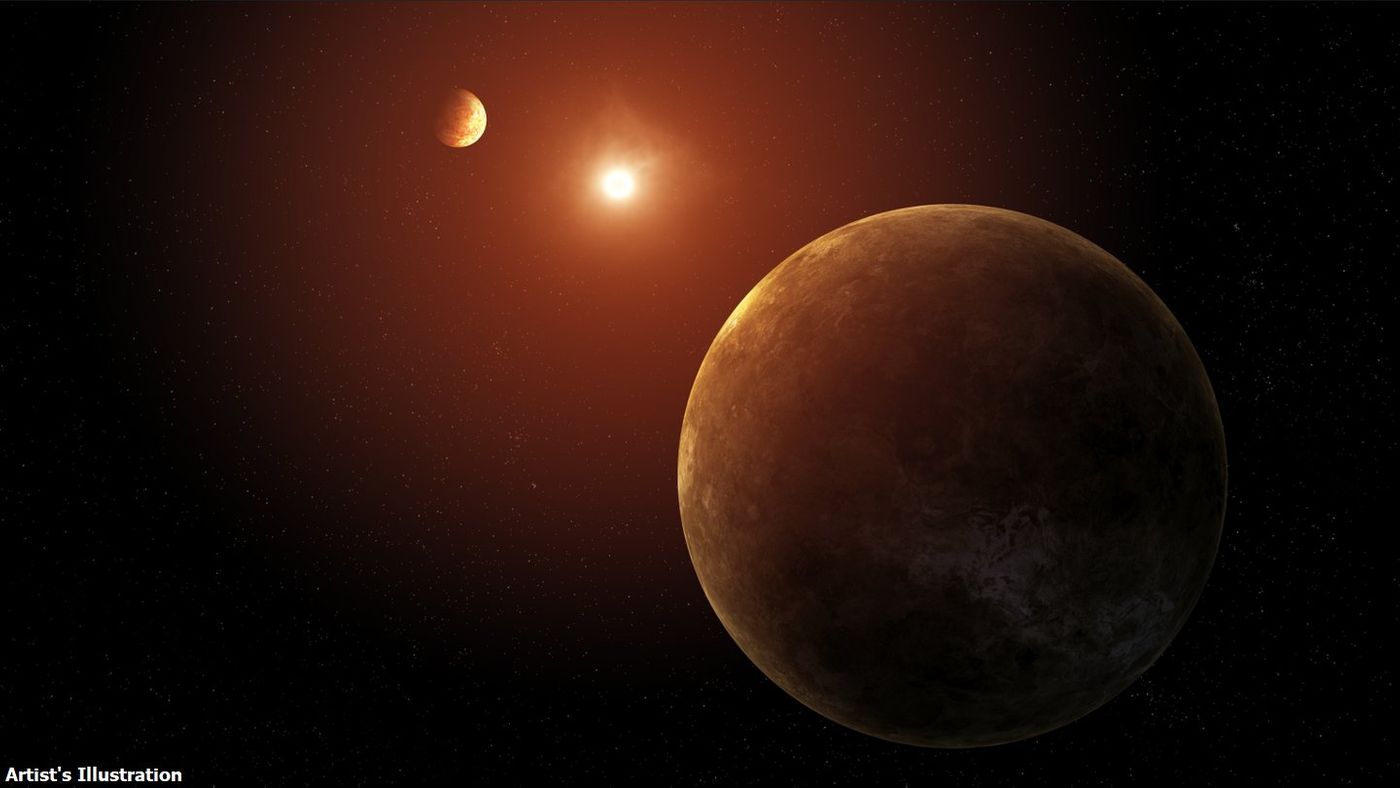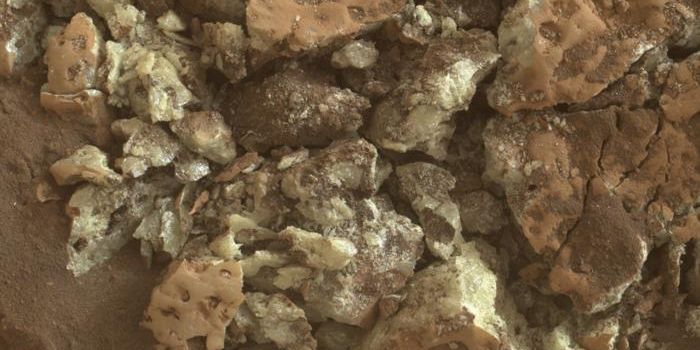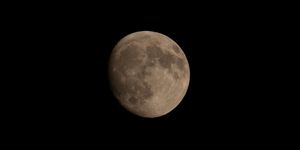Seven Sweltering Exoplanets Found in Kepler Data
Though NASA’s Kepler space telescope officially “retired” in October 2018, scientists are still pouring over data from the iconic exoplanet hunter that operated for more than nine years. Most recently, scientists came upon data that added four more exoplanets to the Kepler-385 system, which is located approximately 4,700 light-years from Earth and had previously been known to contain three exoplanets, all of which were discovered in 2014.
Artist’s illustration displaying two of the seven planets within the Kepler-385 system. (Credit: NASA/Daniel Rutter)
The data shows the sizes of all seven planets are between Earth and Neptune, also known as Super-Earths, with the two inner planets hypothesized to be rocky while the remaining five are hypothesized to be gaseous. All the planets are hypothesized to be exposed to greater amounts of radiation per area than all the planets in our solar system. This is due to its parent star being approximately 10 percent larger and 5 percent hotter than our own Sun. This finding comes as NASA is about to release an updated Kepler catalog, which contains almost 4,400 exoplanet candidates.
“We’ve assembled the most accurate list of Kepler planet candidates and their properties to date,” said Dr. Jack Lissauer, who is a research scientist at NASA’s Ames Research Center and lead author of the paper showcasing the new catalog. “NASA’s Kepler mission has discovered the majority of known exoplanets, and this new catalog will enable astronomers to learn more about their characteristics.”
Along with new and improved data about the Kepler-385 system, the updated catalog also contains improved data regarding star properties along with more accurate data about when a planet transits its star.
What new discoveries will scientists learn about Kepler-385 and what will this updated Kepler catalog teach us about exoplanets in the coming years and decades? Only time will tell, and this is why we science!
As always, keep doing science & keep looking up!









